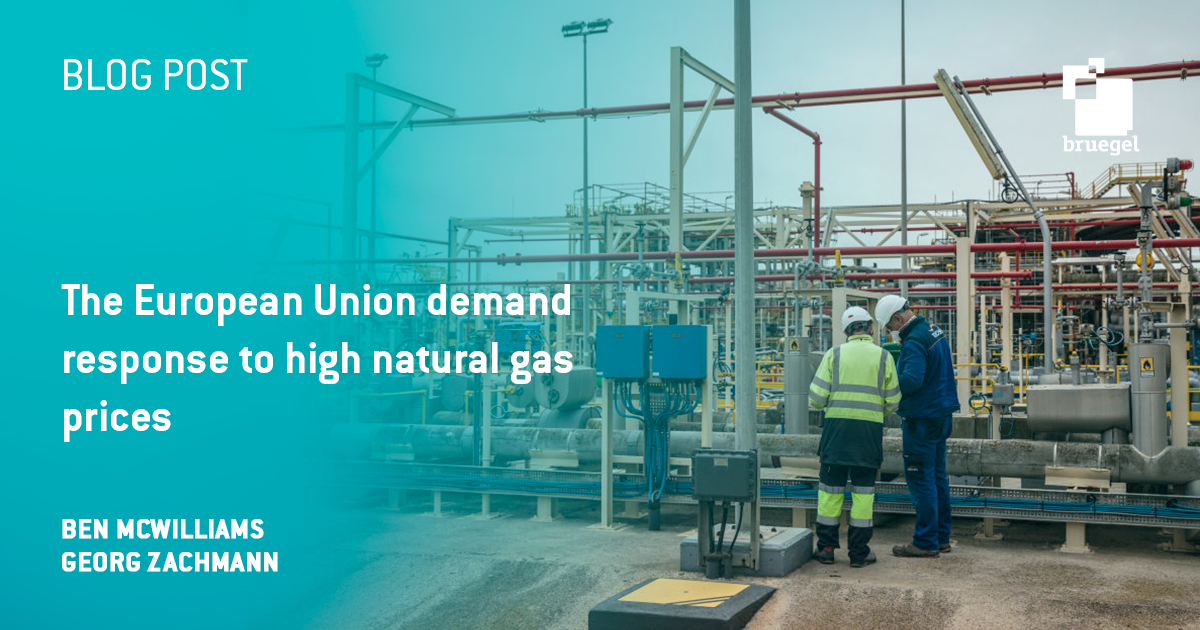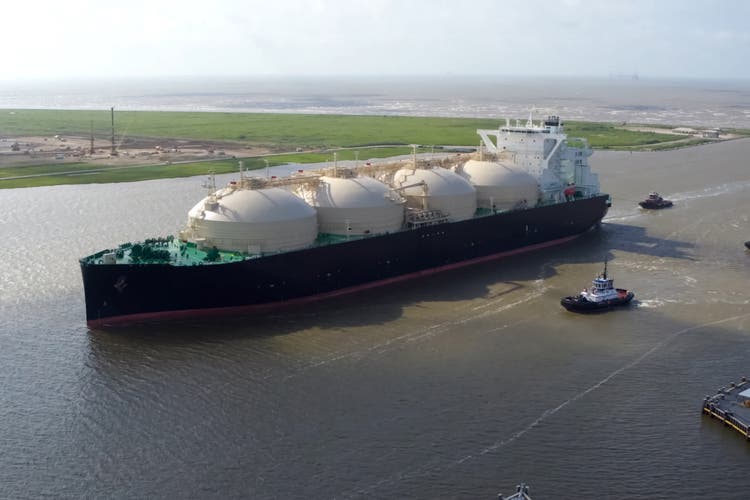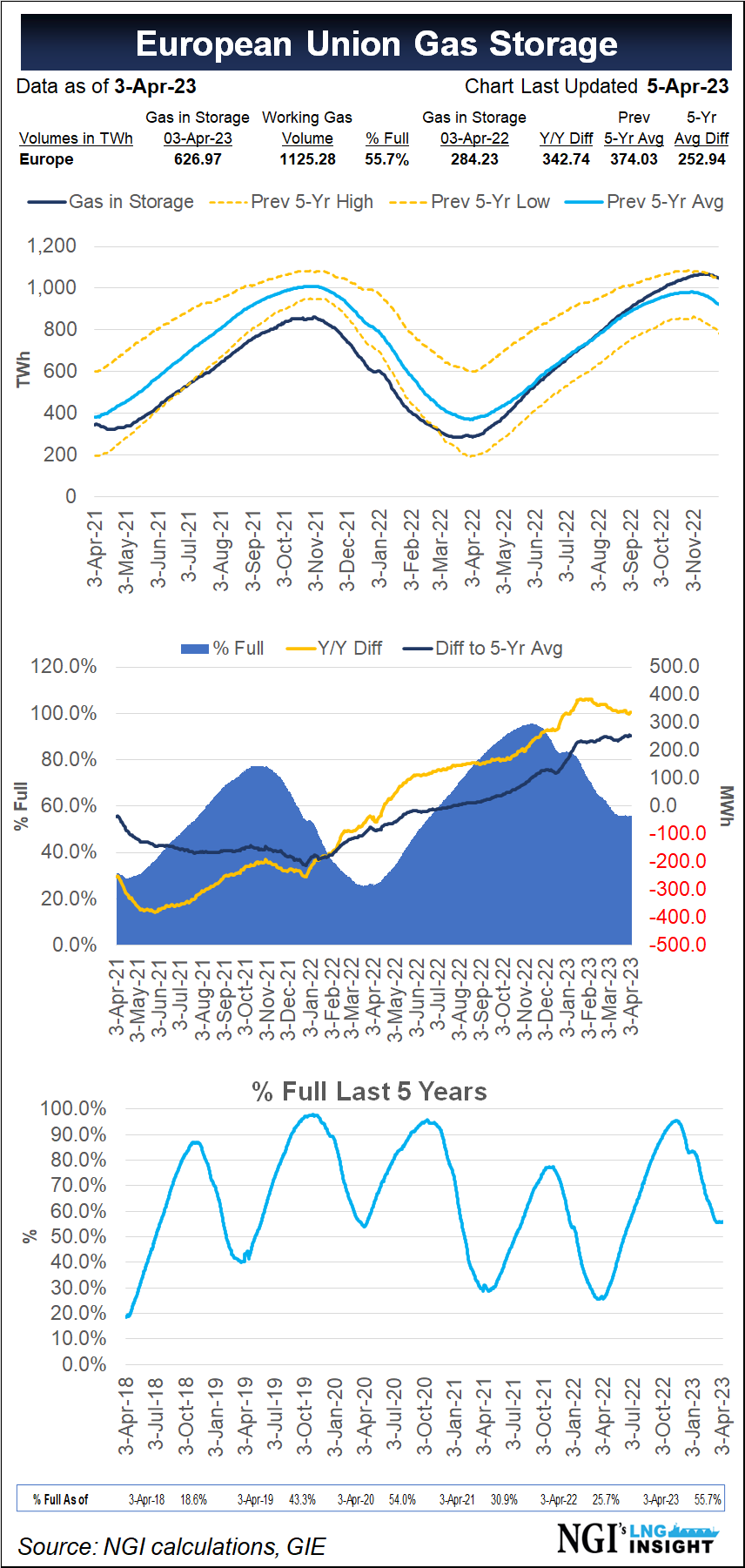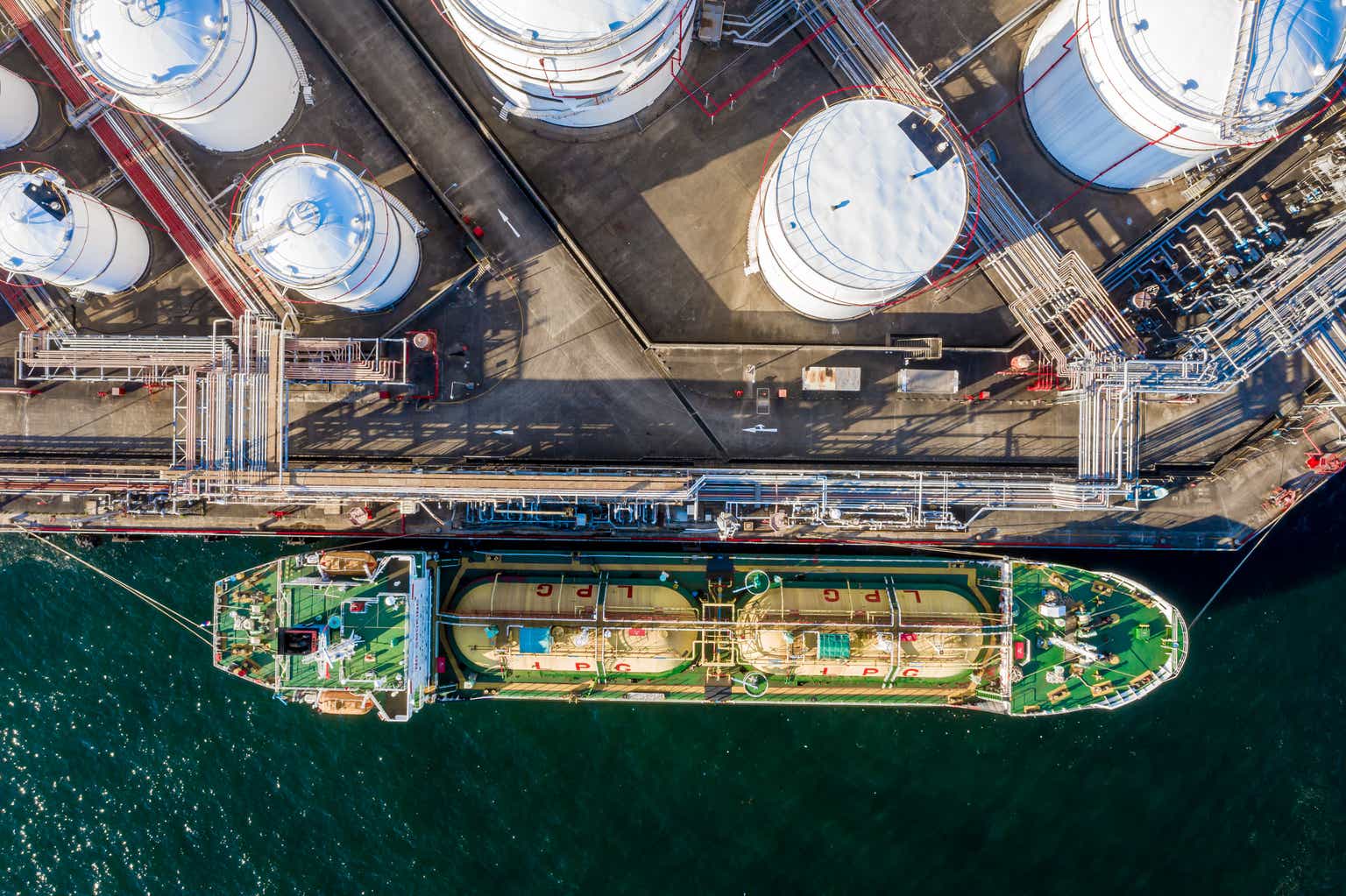Jedna dodatna tema za raspravu, nemamo domacih brodara koji se bave s time osim kroz inu i janaf ali s obzirom na ovo dogadjanje oko plina s rusijom malo sam gledao ovih dana taj sektor tj vanjske brodare posebno LNG koji se bave s tim cini mi se da tu ima sad zanimljivih prilika
Ovdje je jedna lista brodara LNG koji se nalaze u indexu za one koji zele istrazivat
Weight of Constituents | UP Indices
Trenutno me zaintrigrirao LNG brodar FLNG (Flex LNG), imaju 13 LNG brodova starih prosjecno samo dvije godine, cini mi se da bi bili dobri za jedno dugorocno ulaganje trenutno bacite oko
Tu kod brodara isto imamo drugacije vrste brodova recimo LNG, FSRU, FLNG






/cloudfront-us-east-2.images.arcpublishing.com/reuters/44OD2KTYCBMXXCW3H5JEZNIBJ4.jpg)


/cloudfront-us-east-2.images.arcpublishing.com/reuters/6A46DNQGXBNTRO4GMI4RZPHKAA.jpg)


